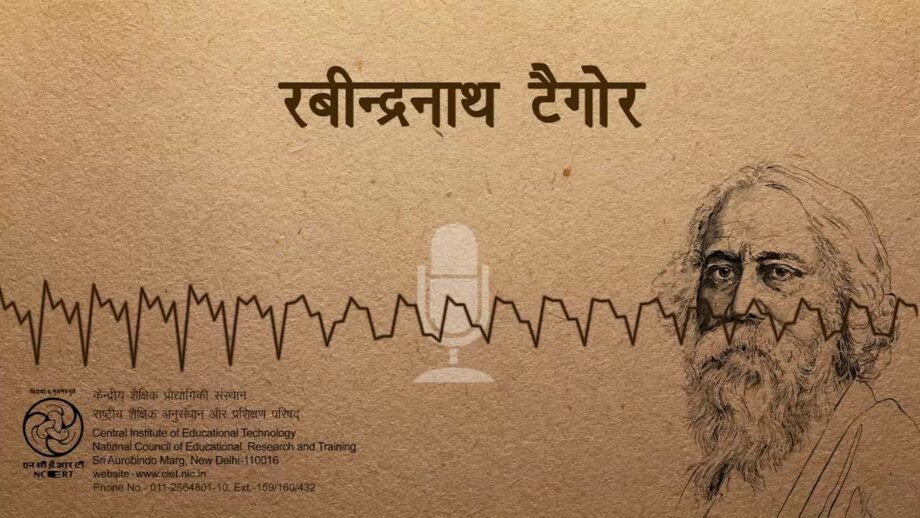In 1933, he became the first non-European to win the Nobel Prize in Literature. Tagore’s poetic songs were viewed as spiritual and mercurial; however, his “elegant prose and magical poetry” remain largely unknown outside Bengal. He is sometimes referred to as “the Bard of Bengal”. At age sixty, Tagore took up drawing and painting; successful exhibitions of his many works — which made a debut appearance in Paris.
Tagore’s literary reputation is disproportionately influenced very much by regard for his poetry; however, he also wrote novels, essays, short stories, travelogues, dramas, and thousands of songs. His works are frequently noted for their rhythmic, optimistic, and lyrical nature. However, such stories mostly borrow from the deceptively simple subject matter — the lives of ordinary people and children.
At twenty years of age, he wrote his first drama-opera: Valmiki Pratibha. Through it, Tagore explores a wide range of dramatic styles and emotions, including usage of revamped kirtans and adaptation of traditional English and Irish folk melodies as drinking songs.
Another play, written in 1912, Dak Ghar. A story with borderless appeal—gleaning rave reviews in Europe—Dak Ghar dealt with death as, in Tagore’s words, “spiritual freedom” from “the world of hoarded wealth and certified creeds”.
Chitrangada, Chandalika, and Shyama are other key plays that have dance-drama adaptations, which together are known as Rabindra Nritya Natya.
The play Raja is marked as a symbolic play as well as a ‘mystic play’. The story is loosely borrowed from the Buddhist story of King Kush from Mahāvastu. A short stage version of Raja was published under the title of Arupratan in 1920.
His plays always had a meaning and a message behind them.


